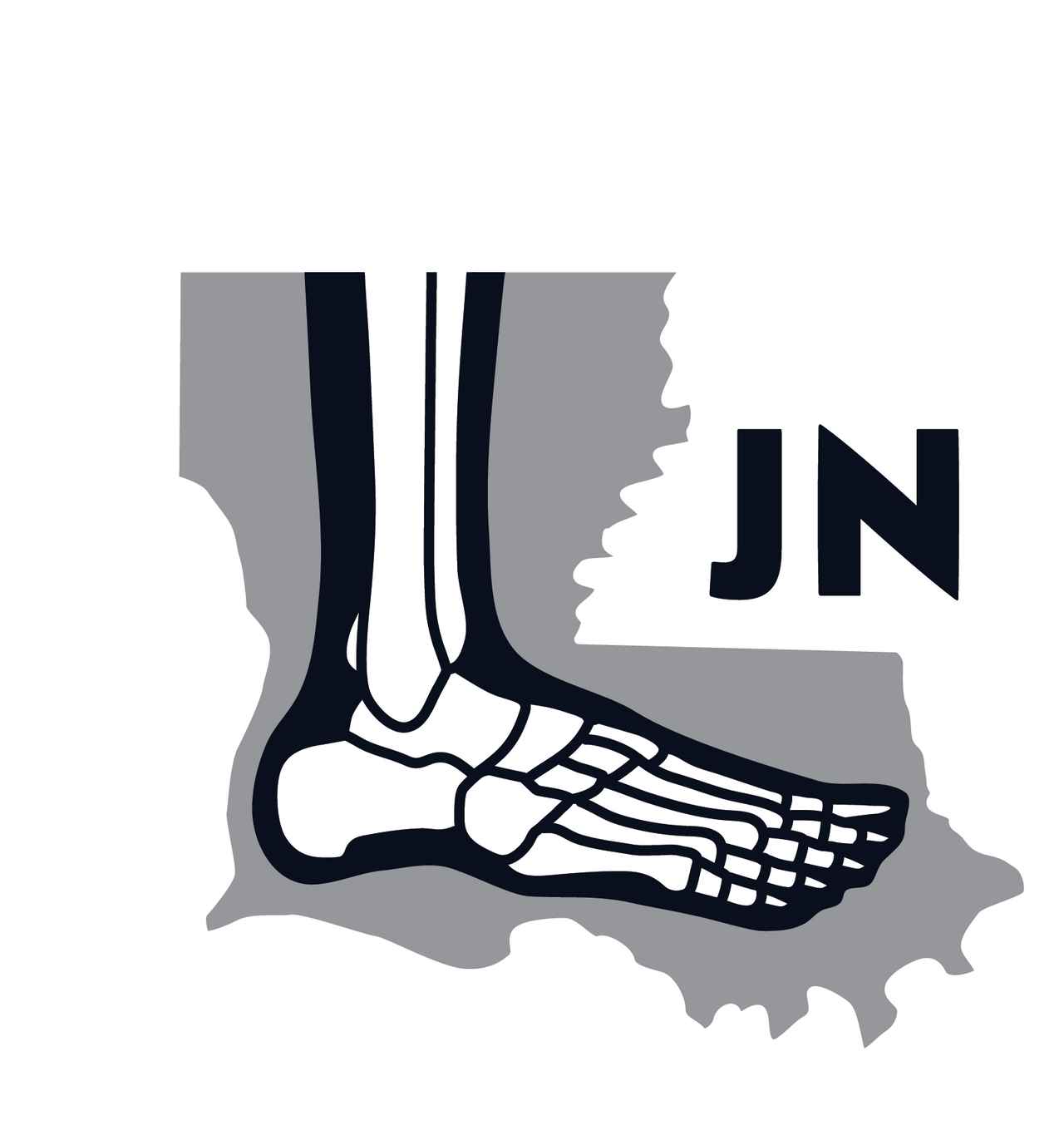If you've tried everything to relieve your heel pain—stretching, weight loss, activity modifications, orthotics, physical therapy, even injections—but you're still struggling to walk comfortably, plantar fasciitis surgery may be the next step. While most patients improve with conservative care, some cases of chronic, treatment-resistant pain require a more advanced solution.
At her Baton Rouge orthopedic practice, Dr. Julie Neumann specializes in both non-surgical and surgical treatment of plantar fasciitis. She works closely with patients to exhaust all other options before recommending surgery, and when it is necessary, she ensures you know exactly what to expect.
This guide will walk you through when surgery might be appropriate, how the procedures works, and how to prepare for a smoother recovery.
When Is Plantar Fasciitis Surgery Recommended?
Surgery is typically reserved for patients who have dealt with persistent heel pain for 12 months or longer, despite following a thorough non-surgical treatment plan. If you've completed physical therapy, tried orthotics, and even undergone advanced therapies like shockwave treatment, but your pain is still interfering with your life, surgical intervention may offer relief.
You may be a candidate for plantar fasciitis surgery if:
- Your pain is severe and limits your daily activities
- Imaging or clinical evaluation shows thickening or chronic damage to the fascia
- You've followed a consistent, medically supervised treatment plan without success
Dr. Neumann takes a highly individualized approach. If she recommends surgery, it's because she believes it offers you the best chance at long-term healing.
Types of Plantar Fasciitis Surgery Performed in Baton Rouge
The most common procedure to treat chronic plantar fasciitis is a plantar fascia release, which involves carefully cutting a portion of the fascia to relieve tension and inflammation.
There are three main surgical approaches:
Open Plantar Fascia Release
This traditional technique involves a small incision on the bottom or side of the foot. Dr. Neumann accesses and releases part of the fascia under direct visualization. This approach may be recommended if additional heel spur removal or soft tissue work is needed.
Endoscopic Plantar Fascia Release
This minimally invasive option uses a small camera and tools inserted through tiny incisions. It typically results in less post-operative pain and a faster recovery. Not every patient is a candidate, but Dr. Neumann will walk you through which approach is best for your anatomy, lifestyle, and goals.
Gastrocnemius Contracture Release
This option uses a small incision in the midportion of your calf to release the fascia around your calf muscle. This technique is an indirect way to improve symptoms of plantar fasciitis by giving your ankle more mobility. Not every patient is a candidate, but Dr. Neumann will help you decide which approach is best for you.
How to Prepare for Plantar Fasciitis Surgery in Baton Rouge
If you and Dr. Neumann decide surgery is the right path forward, preparing ahead of time will help ensure the best possible outcome.
Here’s how to get ready for surgery:
- Plan for time off your feet. You may need to rest and limit weight-bearing activity for several days or weeks after surgery. Prepare your home with easy access to essentials.
- Arrange for transportation and help. You’ll need someone to drive you home and initially assist with daily tasks.
- Follow pre-op instructions closely. Dr. Neumann’s team will provide detailed guidelines on when to stop eating, what to wear, and how to manage medications.
- Ask questions. Don’t hesitate to bring up any concerns before surgery. Dr. Neumann is committed to making sure you feel fully informed and confident in your care plan.
What to Expect During Recovery from Plantar Fasciitis Surgery
Every patient’s recovery timeline is different, but most people can expect a gradual return to walking, standing, and regular activity over several weeks.
During the first phase of recovery:
- You may wear a surgical boot or special shoe to protect the foot
- Pain and swelling will be managed with medications and elevation
- Crutches or a scooter may be used to avoid pressure on the heel
As healing progresses:
- Dr. Neumann will guide your return to weight-bearing and walking
- Physical therapy may be recommended to restore flexibility and strength
- Most patients see significant improvement in pain and function within 3–6 months
You’ll have regular check-ins with Dr. Neumann to monitor healing, adjust your plan as needed, and ensure you’re on track for long-term relief.
Surgical Expertise You Can Trust for Heel Pain Relief
Dr. Julie Neumann is more than just a highly trained orthopedic surgeon; she’s a compassionate provider who treats every patient like an individual. Her Baton Rouge practice is known for taking a conservative-first approach to care, but when surgery is needed, her precision, skill, and dedication to patient outcomes set her apart.
If you're dealing with chronic plantar fasciitis and wondering whether surgery might finally offer relief, you don’t have to make the decision alone. Dr. Neumann is here to answer your questions, walk you through your options, and help you feel confident every step of the way.




